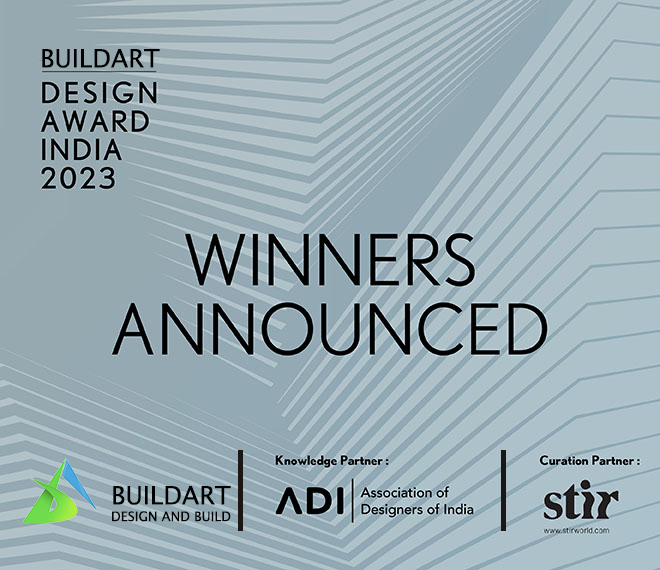


Designing for sustainability is an important aspect of architecture and construction, as it helps to create buildings that are not only energy-efficient, but also contribute to the health and well-being of the environment and the people who use them. Green building techniques are an essential part of this process, and can be incorporated into any type of building, from residential homes to commercial buildings.
One of the most important aspects of green building is energy efficiency. This can be achieved through a variety of techniques, such as using energy-efficient appliances, lighting, and HVAC systems. For example, using LED lighting can reduce energy consumption by up to 80%, while using high-efficiency HVAC systems can reduce energy consumption by up to 50%. Additionally, incorporating solar panels or other renewable energy sources can help to reduce dependence on fossil fuels, and contribute to a more sustainable future.
Another important aspect of green building is the use of sustainable materials. This can include using materials that are locally sourced, or made from renewable resources. For example, using bamboo flooring or cork insulation can help to reduce the environmental impact of construction, while also providing a healthier indoor environment. Additionally, using recycled materials can help to reduce the amount of waste that is generated during the construction process.
Incorporating green building techniques also involves designing for natural light and ventilation. This can be achieved through the use of skylights, large windows, and other natural light sources, which can help to reduce the need for artificial lighting and reduce energy consumption. Additionally, incorporating natural ventilation systems, such as rooftop gardens or green roofs, can help to reduce the need for air conditioning and improve indoor air quality.
Finally, incorporating green building techniques also involves designing for water conservation. This can be achieved through the use of low-flow toilets, showerheads, and other water-saving fixtures. Additionally, incorporating rainwater harvesting systems can help to reduce dependence on municipal water sources, and reduce the strain on local water resources.
Incorporating green building techniques is an essential part of designing for sustainability. By using energy-efficient appliances, sustainable materials, natural light and ventilation, and water conservation, architects and builders can create buildings that are not only energy-efficient, but also contribute to the health and well-being of the environment and the people who use them. With the increasing awareness of the importance of sustainability, green building techniques are becoming more and more important, and are likely to become an essential part of architecture and construction in the future.
Another important aspect of green building is the focus on indoor air quality. This can be achieved through the use of non-toxic building materials, such as low-VOC paint and adhesives, as well as the incorporation of air-purifying plants and natural ventilation systems. This not only helps to improve the health and well-being of the building’s occupants, but it also helps to reduce the amount of pollutants released into the environment.
Furthermore, green building techniques also involve designing for energy efficiency in the long-term. This can be achieved through the use of systems that are easy to maintain, such as solar panels or green roofs. This can help to ensure that the building remains energy-efficient for many years to come.
Additionally, green building techniques also involve designing for adaptability and flexibility. This can be achieved through the use of modular construction methods, which allow for easy expansion or reconfiguration of the building in the future. This can help to ensure that the building remains relevant and useful in the long-term.
In conclusion, incorporating green building techniques is an essential part of designing for sustainability. By using energy-efficient appliances, sustainable materials, natural light and ventilation, water conservation, indoor air quality and design for adaptability and flexibility, architects and builders can create buildings that are not only energy-efficient, but also contribute to the health and well-being of the environment and the people who use them. This not only helps to create a sustainable future, but also helps to create buildings that are healthy, comfortable, and long-lasting.

Read More

Read More

Read More

Read More

Read More

Read More

Read More